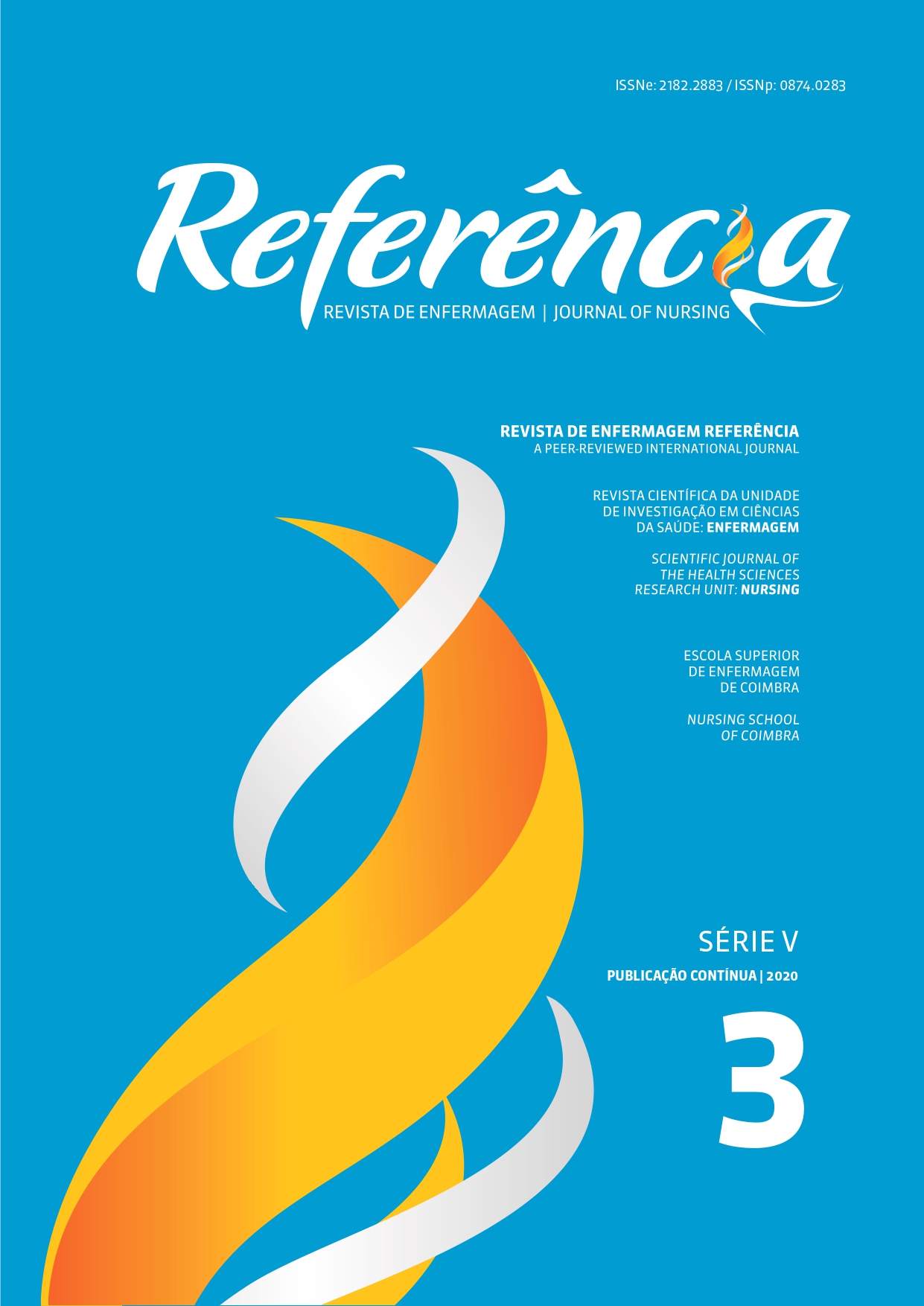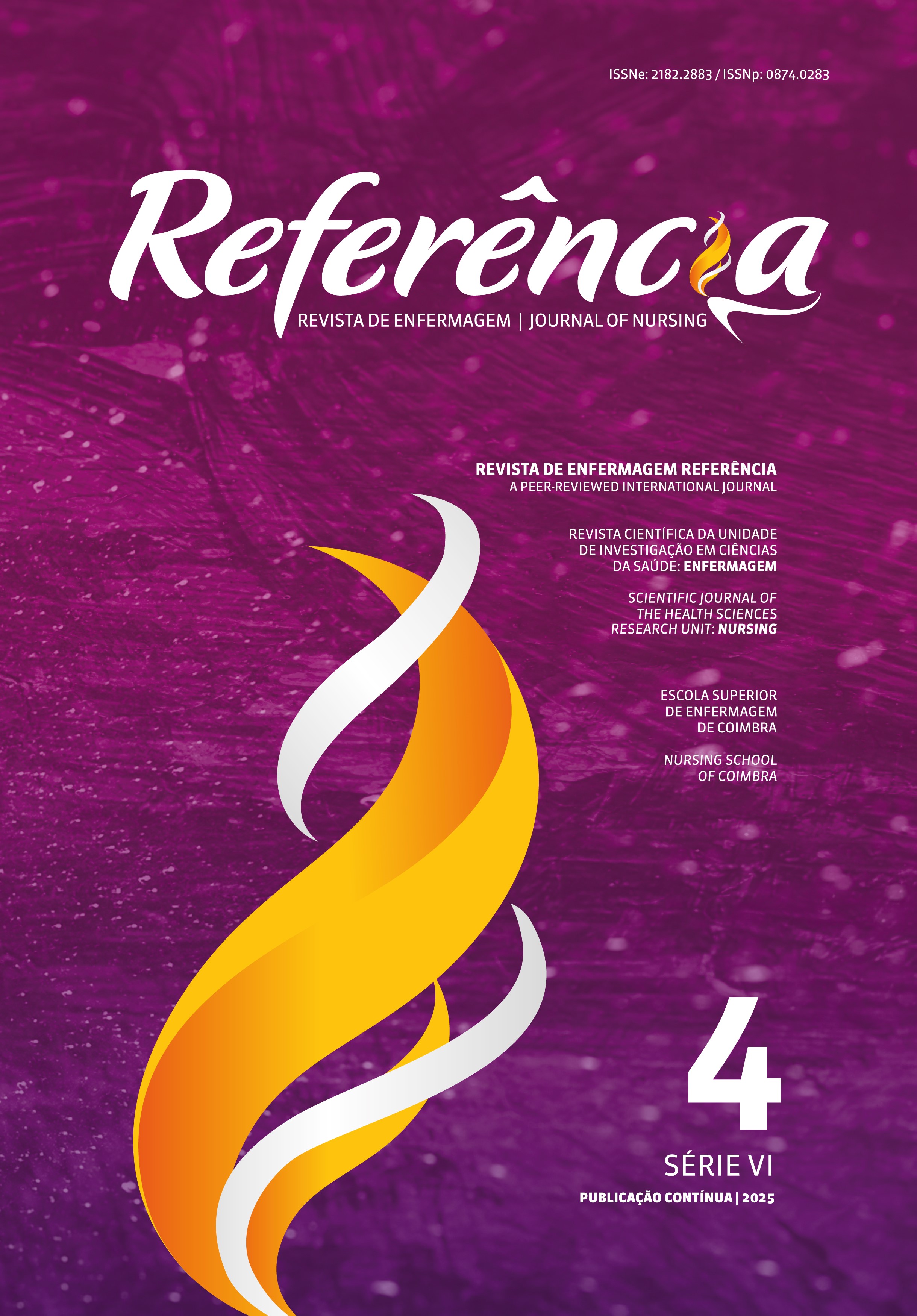Patient safety: potential drug-drug interactions caused by the overlapping of medications agreed by the nurse
DOI:
https://doi.org/10.12707/RV20038Keywords:
patient safety, medication errors, drug interactions, medication systems, hospital, nursingAbstract
Background: Hospital drug therapy has the potential for incidents, thus it is necessary to identify situations that may compromise patient safety.
Objective: To investigate potential drug-drug interactions caused by the overlapping of medications planned by nurses in the patients’ prescriptions at a hospital inpatient unit.
Methodology: Descriptive, cross-sectional study of documentary analysis with a quantitative approach, of 260 prescriptions for adult patients. Potential drug- interactions were identified using the Drug Interaction Checker (Medscape®).
Results: A total of 3066 doses were analyzed, with a concentration of 4 schedules, showing an institutional standardization of schedules. The omission error rate was 5.44%. Drug-drug interactions of moderate severity were more frequent, especially lopinavir/clonazepam and diazepam/tramadol combinations.
Conclusion: Omission errors and interactions can be minimized with tools to support clinical decision and reconfiguration of the work process.
Downloads
References
Al-Ramahi, R., Raddad, A. R., Rashed, A. O., Bsharat, A., Abu-Ghazaleh, D., Yasin, E., & Shehab, O. (2016) Evaluation of potential drug- drug interactions among palestinian hemodialysis patients. BMC Nephrology, 17(96). doi:10.1186/s12882-016-0317-4
Correia, T. S., Martins, M. M., & Forte, E. C. (2017). Processos desenvolvidos por gestores de enfermagem face ao erro. Revista de Enfermagem Referência, 4(12), 75-84. doi:10.12707/RIV16073
Drug Interaction Checker. (2019). Banco de dados sobre interações medicamentosas [Base de dados Medscape]. Recuperado de https://reference.medscape.com/drug-interactionchecker
Duarte, S. C., Stipp, M. A., Cardoso, M. M., & Büscher, A. (2018). Segurança do paciente: Compreendendo o erro humano na assistência de enfermagem em terapia intensiva. Revista da Escola de Enfermagem da USP, 52, e03406. doi: doi:10.1590/s1980-220x2017042203406
Forte, E. C., Pires, D. N., Martins, M. M., Padilha, M. I., Schneider, D. G., & Trindade, L. L. (2019). Erros de enfermagem na mídia: A segurança do paciente na vitrine. Revista Brasileira de Enfermagem, 72(Supl. 1), 189-196. doi:10.1590/0034-7167-2018-0113
Fuchs, F. D., & Wannmacher, L. (2017). Farmacologia clínica e terapêutica: Fundamentos da terapêutica racional (5ª ed.). Rio de Janeiro, Brasil: Guanabara.
Henrique, D. M., Silva, L. D., Camerini, F. G., Andrade, K. B., Pereira, S. R., & Fassarella, C. S. (2017). Aprazamento seguro da terapia analgésica com opioides no paciente queimado: Um estudo transversal. Revista de enfermagem da UERJ, 25. doi:10.12957/reuerj.2017.28082
Lima, T. A., & Godoy, M. F. (2017). Interações medicamentosas em prescrições para idosos hospitalizados com Síndrome Coronariana Aguda. Revista Eletrônica de Enfermagem, 19. doi:10.5216/ree.v19.42764
Magalhães, A. M., Moura, G. M., Pasin, S. S., Funcke, L. B., Pardal, B. M., & Kreling, A. (2015). Processos de medicação, carga de trabalho e a segurança do paciente em unidades de internação. Revista da Escola de Enfermagem da USP, 49, 43-50. doi:10.1590/S0080-623420150000700007
Ministério da Saúde. (2014). Documento de referência para o Programa Nacional de Segurança do Paciente. Brasília, Brasil. Recuperado de: http://bvsms.saude.gov.br/bvs/publicacoes/documento_referencia_programa_nacional_seguranca.pdf
Negoro, R., Takayama, K., Nagamoto, Y., Sakurai, F., Tachibana, M., & Mizuguchi, H. (2016). Modeling of drug-mediated CYP3A4 induction by using human iPS cell-derived enterocyte-likecells. Biochemical and Biophysical Research Communications, 472(4), 631-636. doi:10.1016/j.bbrc.2016.03.012.
Oliveira, P. R., Oliveira, A. M., Portela, F. S., & Soares, F. J. (2017).The Communication between the Pharmacy and Nursing in the safe Drug Administration. Id on Line Revista Multidisciplinar e de Psicologia, 11(35), 210-226.
Organização Pan-Americana de Saúde. (2017). OMS lança esforço global para reduzir pela metade os erros relacionados à medicação em cinco anos. Recuperado de http://www. paho.org/bra/index.php?option=com_content&view=article&id=5384:oms-lanca--esforco-global-para-reduzir-pela-metade-os-erros-relacionados--a-medicacao-em-cinco-anos&Itemid=838
Pereira, F. G., Melo, G. A., Galindo Neto, N. M., Carvalho, R.E., Néri, E. D., & Caetano, J. A. (2018). Interações medicamentosas induzidas pelo aprazamento e os erros no preparo de antibacterianos. Revista Rene, 19. doi:10.15253/2175-6783.2018193322
Portaria n. 529, de 01 de abril de 2013. Diário Oficial da União. Ministério da Saúde, Brasília, Brasil. Recuperado de http://bvsms.saude.gov.br/bvs/saudelegis/gm/2013/prt0529_01_04_2013.htm
Ribeiro, G. S., Camerini, F. G., Henrique, D. M., Almeida, L. F., Pereira, L. M., & Macedo, M. C. (2018). Análise do aprazamento de enfermagem em uma UTI: Foco na segurança do paciente. Revista de Pesquisa: Cuidado é Fundamental, 10(2), 510-515. doi:10.9789/2175-5361.2018.v10i2.510-515
Suzuki, A., Yuen, N. A., Ilic, K., Miller, R. T., Reese, M. J., Brown, H. R.,… Hunt, C. M. (2015). Comedications alter drug-induced liver injury reporting frequency: Data mining in the WHO VigiBase™. Regulatory Toxicology and Pharmacology, 72(3), 481-490. doi:10.1016/j.yrtph.2015.05.004.
Teixeira, T. C., & Cassiani, S. H. (2014). Root cause analysis of falling accidents and medication errors in hospital, 27(2), 100-107. doi:10.1590/1982-0194201400019.
Volpe, C. R., Melo, E. M., Aguiar, L. B., Pinho, D. L., & Stival, M. M. (2016). Risk factors for medication errors in the electronic and manual prescription. Revista Latino-Americana de Enfermagem, 24, e2742. doi:10.1590/1518-8345.0642.2742
Xavier, A. S., Kumar, S. V., Sundaram, R., Francis, J., & Shewade, D. G. (2016). Effect of antituberculosis treatment on CYP2C19 enzyme activity in genetically polymorphic South Indian Tamilian population. Fundamental Clinical Pharmacology, 30(6), 607-15. doi:10.1111/fcp.12218






